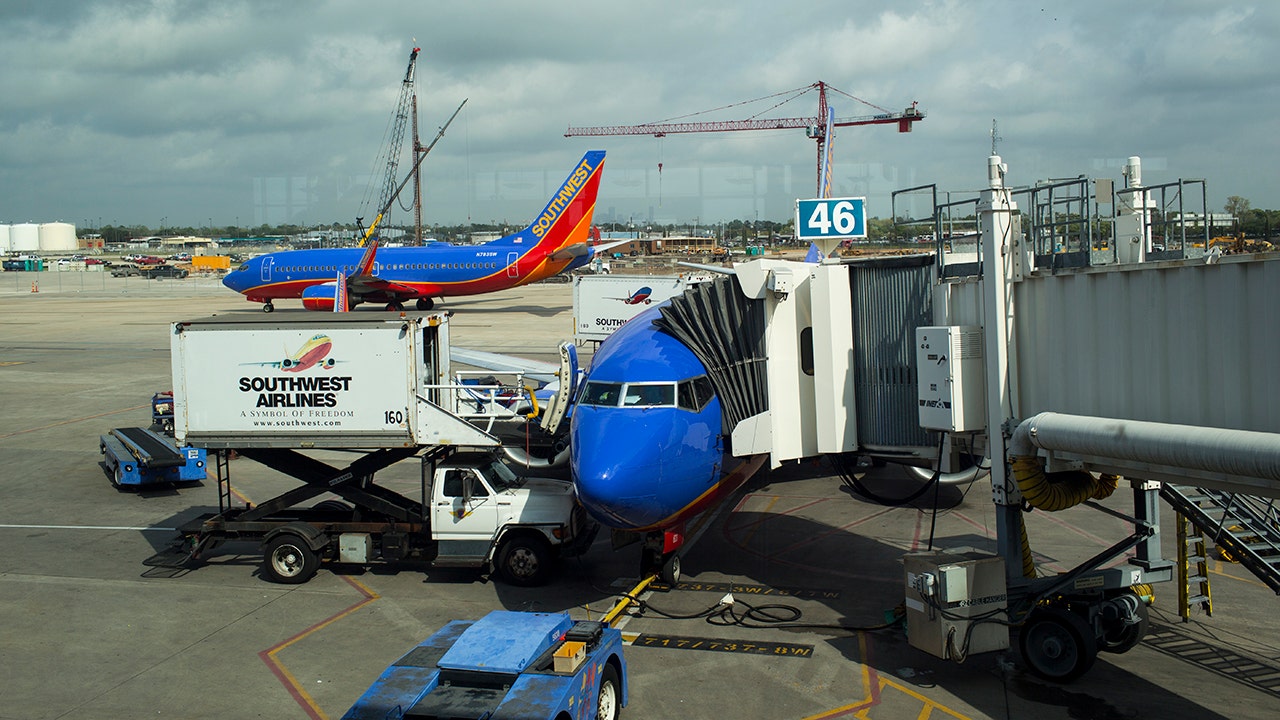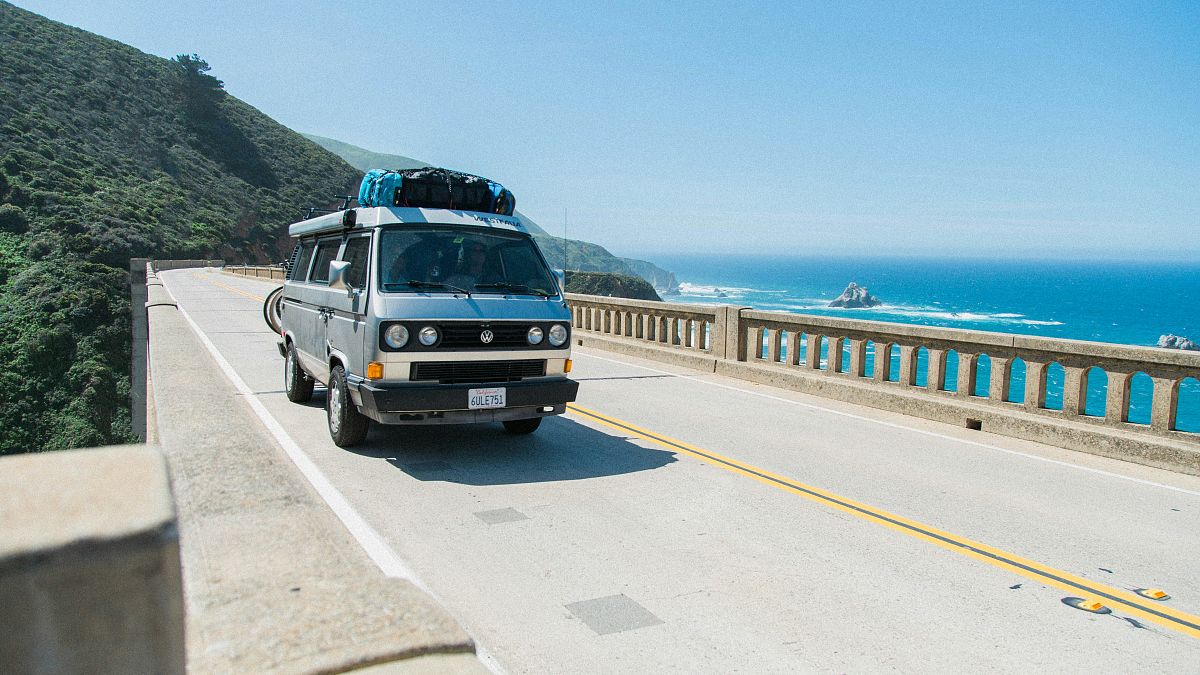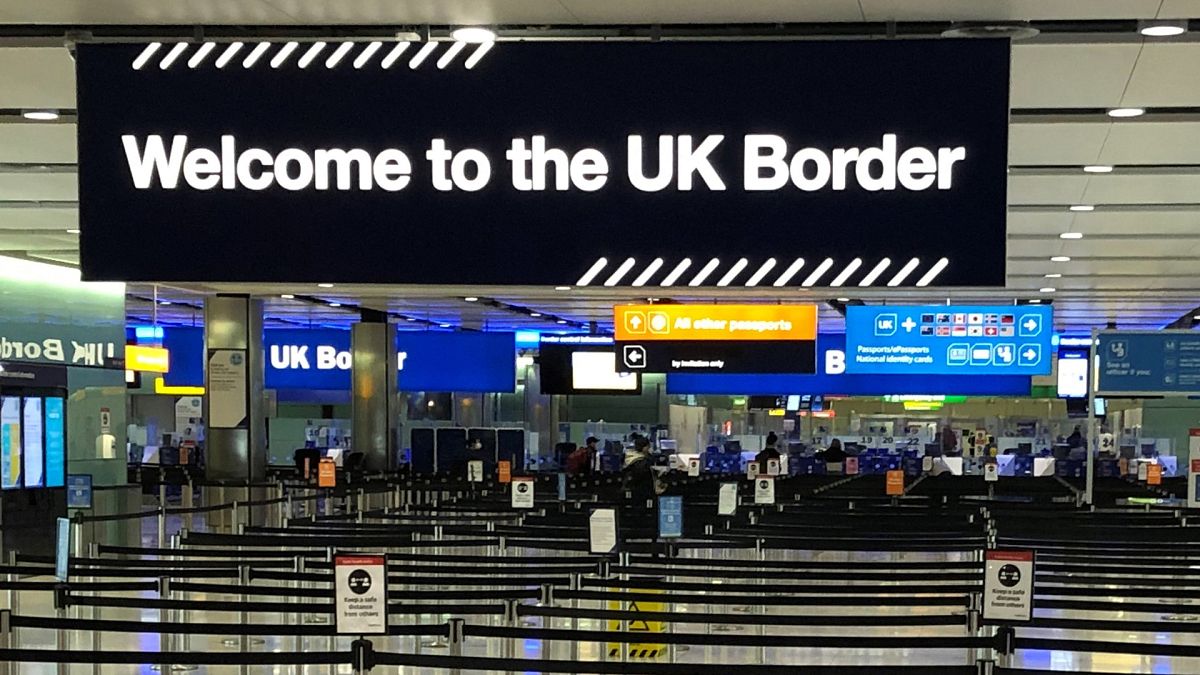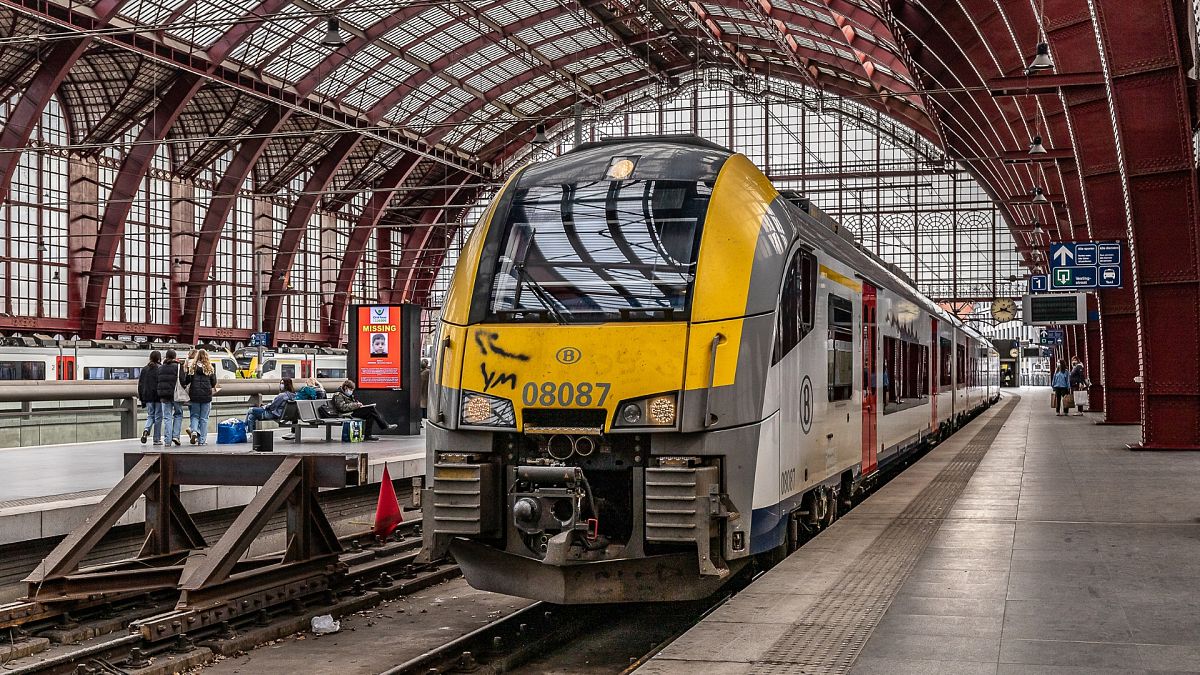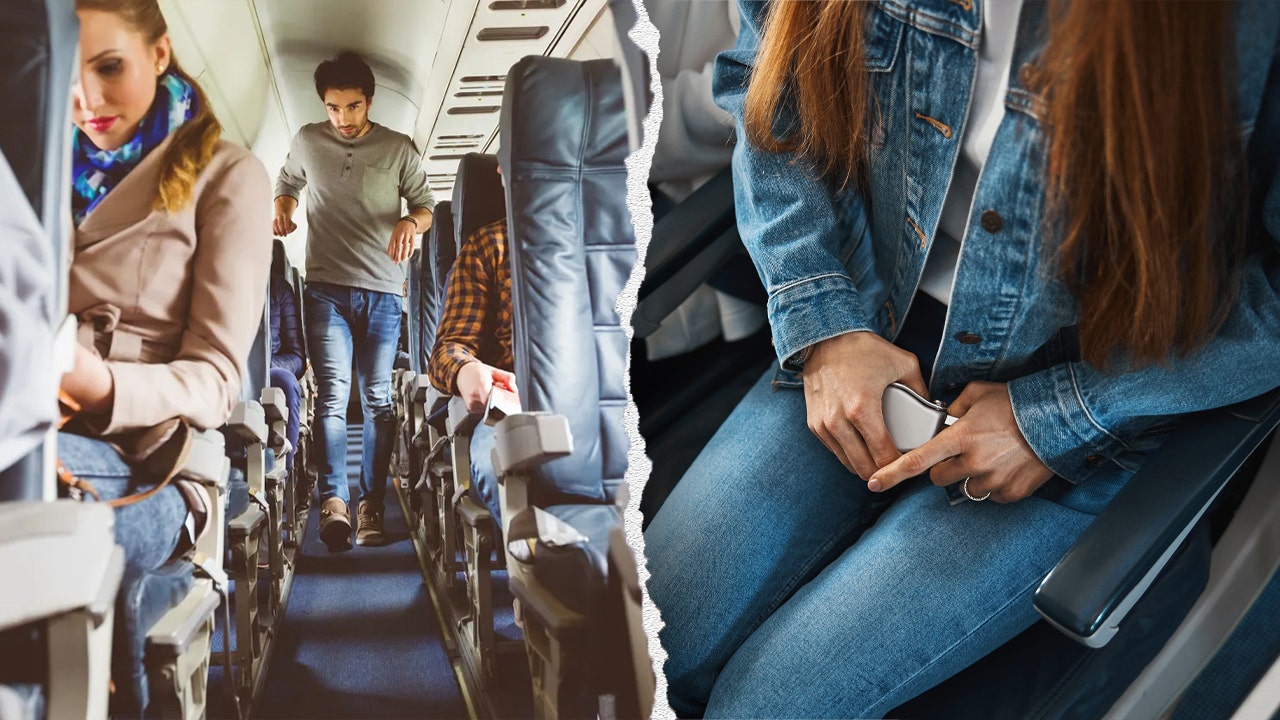Countries in the bloc are cracking down on emissions, dangerous driving and noise pollution.
Despite the open borders of the Schengen Zone, driving around Europe can be a challenge thanks to the myriad national road rules to get your head around.
If you’re planning a road trip on the continent in 2025, make sure you are up to date with the latest changes to regulations.
From the introduction of 30 more low-emission zones in French cities to a crackdown on noise pollution in Switzerland, here are the new rules you need to be aware of.
EU cracks down on cross-border penalties
Up until now, it’s been relatively easy for travellers driving abroad to avoid the consequences of committing motoring offences in foreign Schengen Zone countries.
This year, however, the bloc is cracking down on cross-border penalties, meaning drivers who break the law while abroad could see their licence revoked back home.
Offences include driving under the influence, breaking the speed limit in urban and rural areas, and causing an accident resulting in severe injuries or death.
Switzerland introduces fines for ‘avoidable’ noise pollution
Switzerland is cracking down on noisy vehicles this year. The government has introduced fines of up to 10,000 CHF (€10,600) for ‘avoidable noises’ such as exhaust systems backfiring.
Sanctions for existing restrictions to prevent noise pollution are increasing. Drivers who leave their engine running ‘unnecessarily’ now face an 80 CHF (€85) fine, up from 60 CHF (€64) last year.
Also in Switzerland, from 1 March 2025, drivers of automated cars are permitted to use the autopilot function in some cantons.
When the system is activated, drivers can remove their hands from the steering wheel and do not have to be monitoring traffic or the vehicle.
However, they must be ready to retake the wheel if prompted by the autopilot system.
It will also be possible to park automated vehicles without the presence of a driver in designated car parks and parking spaces.
France expands low-emissions zones
In France, 30 more towns have been designated low emissions zones, or ZFEs (Zones à Faibles Émissions). These include Lille, Avignon, Biarritz and Bordeaux.
They join 12 existing ZFEs (including Lyon, Greater Paris and Nice), four of which have brought in stricter regulations.
If you drive in these areas, you need a Crit’Air sticker, which indicates your vehicle‘s pollution level on a scale of 0 (electric vehicles) to 5 (older diesel vehicles).
All vehicles must have this sticker displayed, whether they are registered in France or abroad.
If you are planning a trip to France, make sure you obtain your sticker in advance here.
Drivers who do not have a sticker on their vehicle when in an ZFE face a fine of €68 for a light-weight vehicle, or a fine of €135 for a heavy goods vehicle.
Vehicles registered before 31 December 1996, light commercial vehicles registered before 30 September 1997, and heavy goods vehicles registered before 30 September 2001 are prohibited from entering ZFEs.
ZFEs Paris, Lyon, Grenoble and Montpellier are tightening restrictions. Vehicles with a Crit’Air rating of 3 will no longer be allowed to drive within the Greater Paris low emission mobility zone between 8am and 8pm, Monday to Friday.
These types of vehicles are completely prohibited from Lyon’s ZFE although there are exceptions for residents and commuters.
In Grenoble, Crit’Air 3 vehicles are banned between 7am and 7pm, Monday to Friday – with exemptions for commuters and residents.
Montpellier and 11 surrounding communes have also introduced restrictions on Crit’Air 3 vehicles.
Germany introduces mandatory safety checks for caravans
Several driving rules are changing in Germany in 2025.
19 January marks the deadline for exchanging red and green paper licences for digital versions, with the exception of people born before 1953.
Germany’s CO2 tax – part of the country’s push to reach carbon emissions targets – has increased from €45 per tonne of CO2 to €55 per tonne. This will see petrol and diesel prices rise by around three cents.
From June 19th, owners of caravans and motorhomes with LPG (liquid gas) systems will have to request checks by an expert every two years. For new caravans, the inspection has to take place immediately.
Italy increases fines for driving offences
Fines for driving offences have risen in France and Italy. In Italy, drivers face higher penalties for drink-driving (up to €6,000), using a phone at the wheel (up to €1,000), and speeding (up to €880).
Licenses can also be suspended for drivers found under the influence or speeding.
Austrian hikes prices for motorway sticker
Asutrian’s mandatory motorway sticker now costs motorists more.
The annual vignette costs €103.80 up from €96.40, the one-day vignette has increased from €8.60 to €9.30, the ten-day vignette from €11.50 to €12.40, and the two-month vignette from €28.90 to €31.10.
Spain changes rules for motorway driving
If you plan on driving on Spain’s motorways in 2025, make sure you are aware of these changes to the rules.
If there are poor weather conditions, motorists will only be allowed to use the right-hand lane and overtaking will be prohibited.
This is to allow access for snow ploughs or emergency vehicles.
If there is a traffic jam, drivers must move to the far left and far right lanes to leave a central corridor for emergency vehicles to use.
In the event of traffic jams and hold-ups, motorcyclists are allowed to use the hard shoulder.


